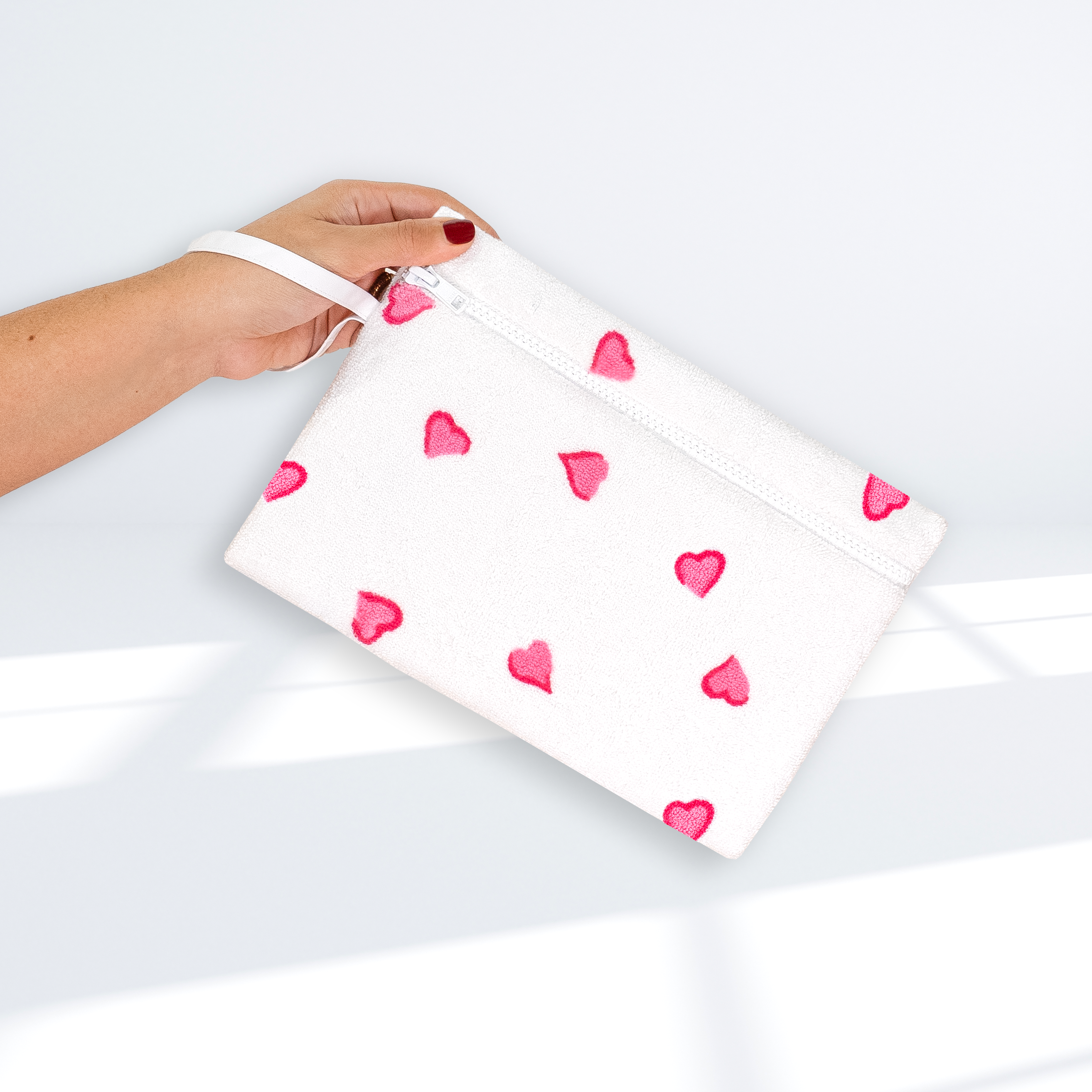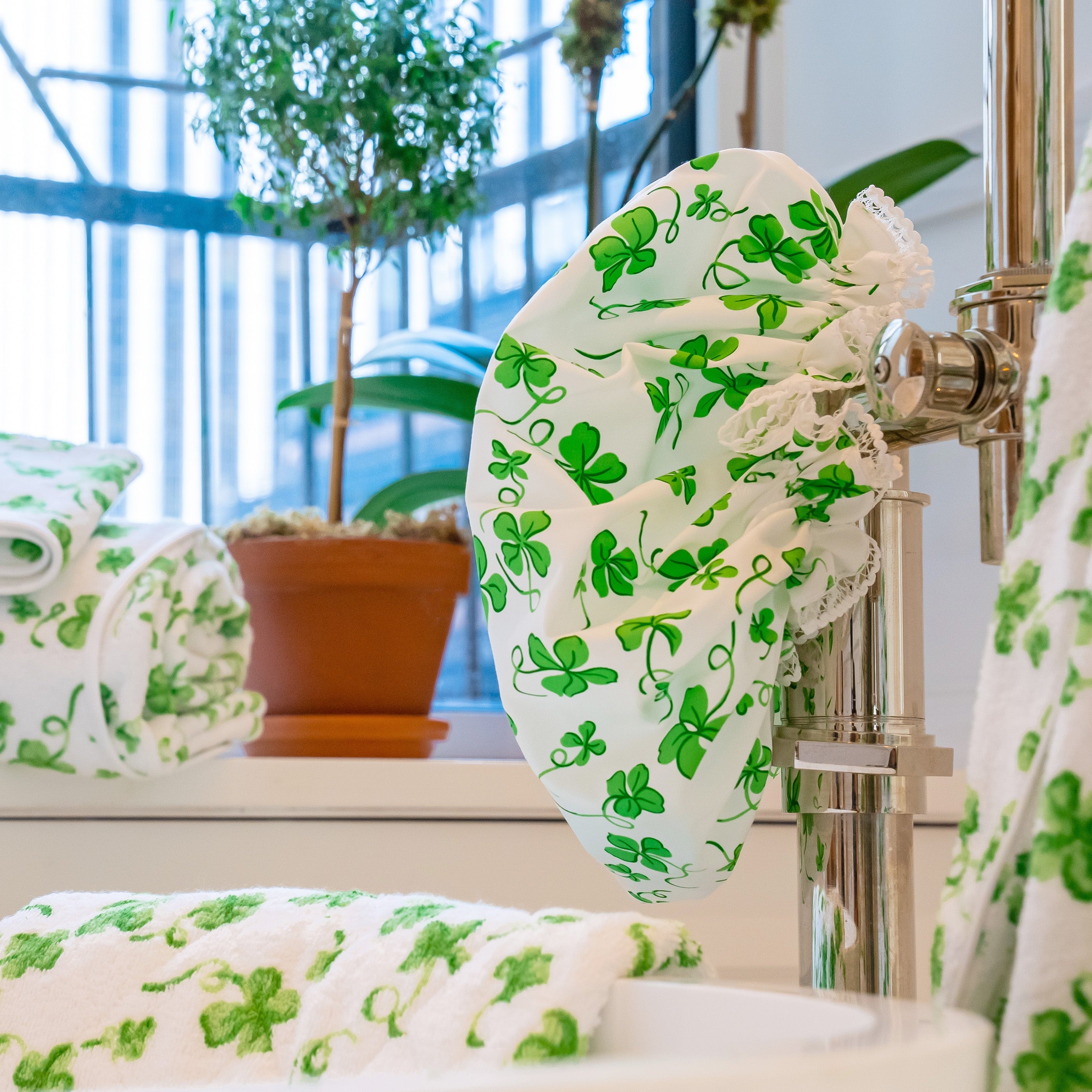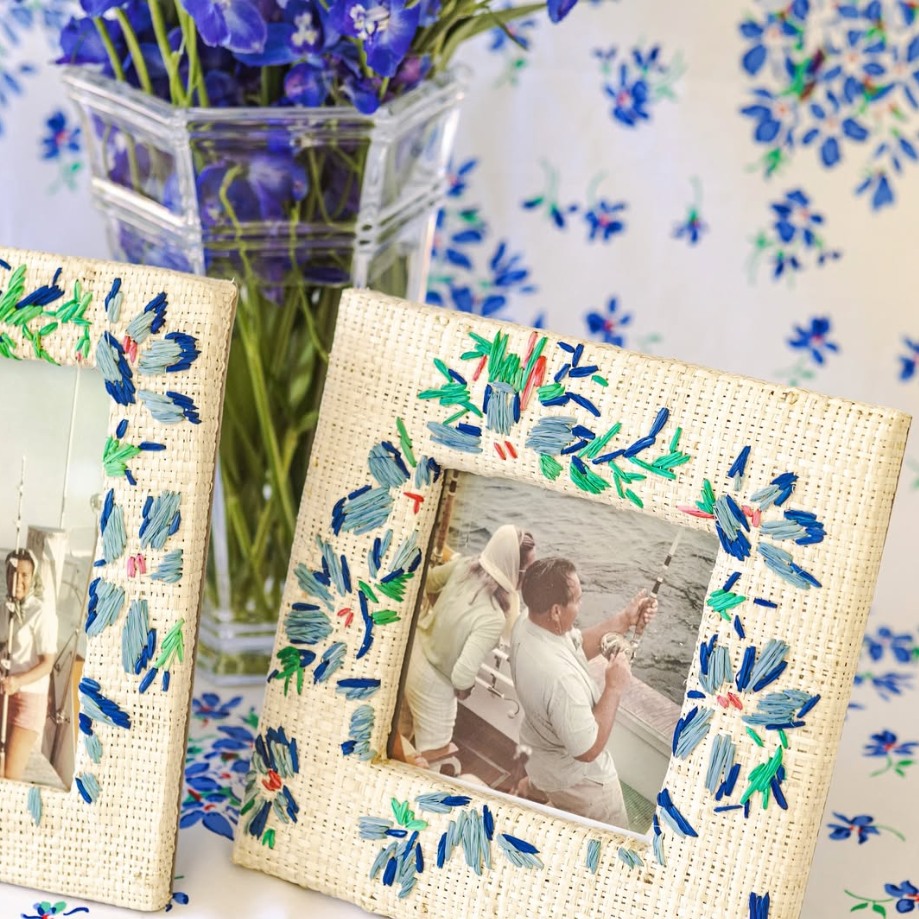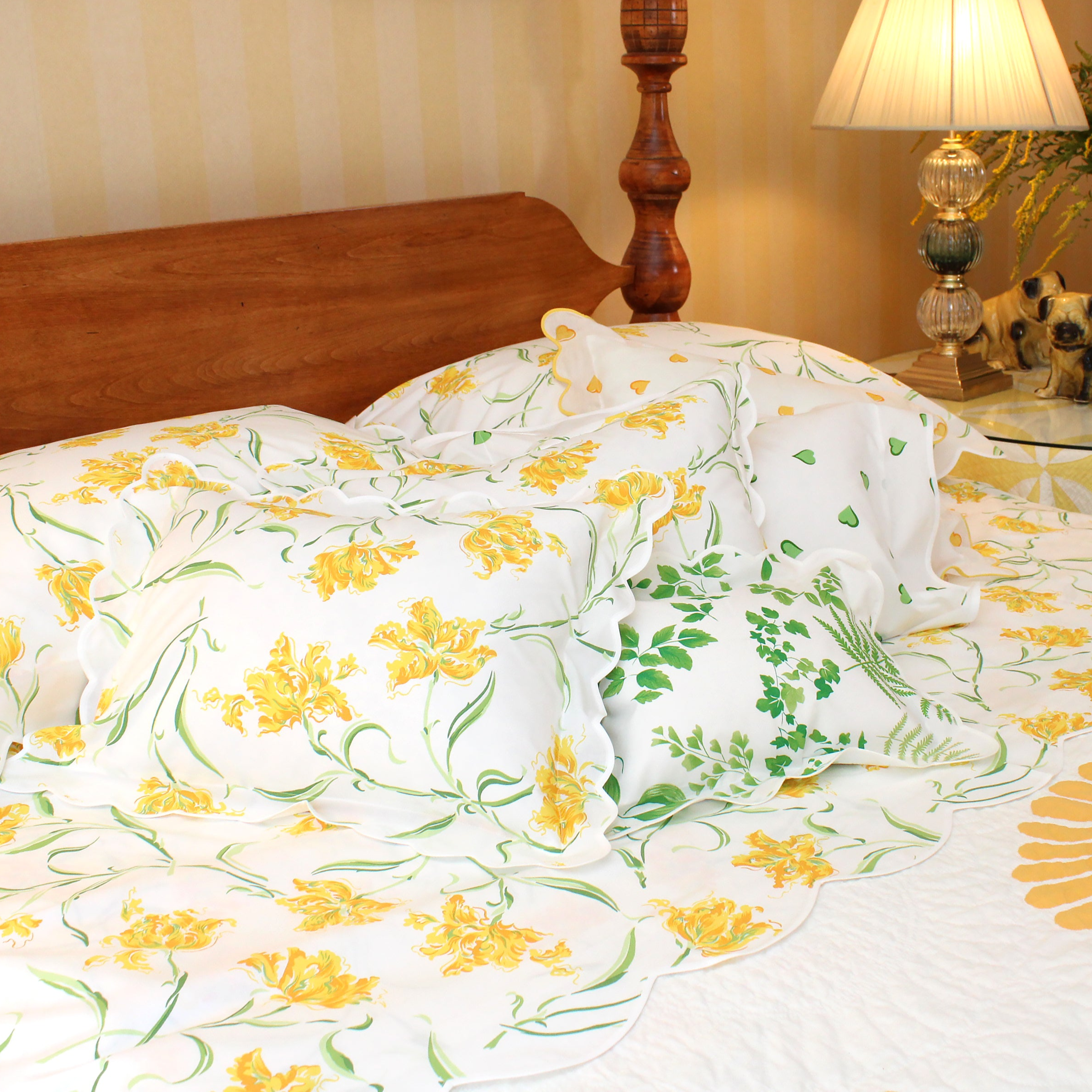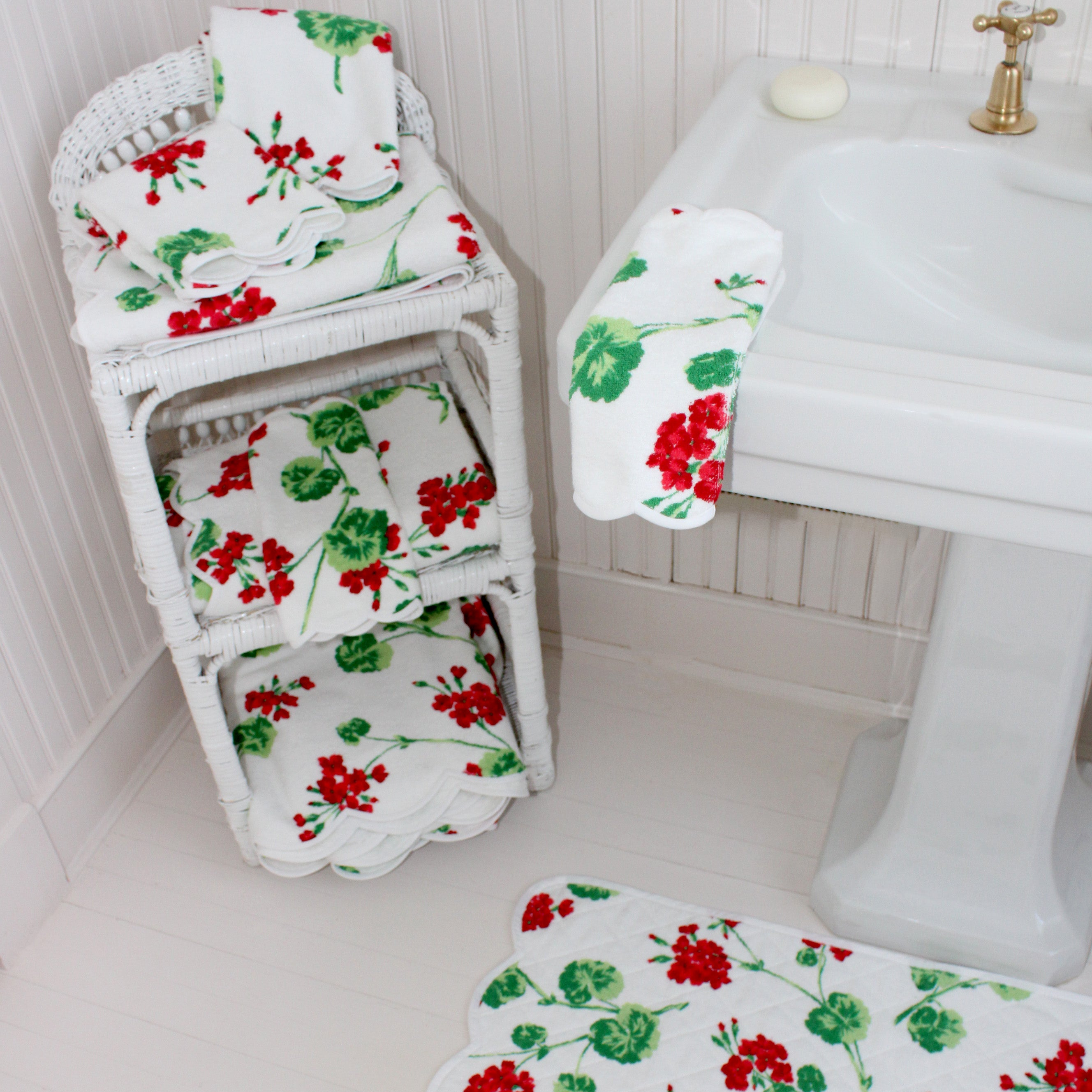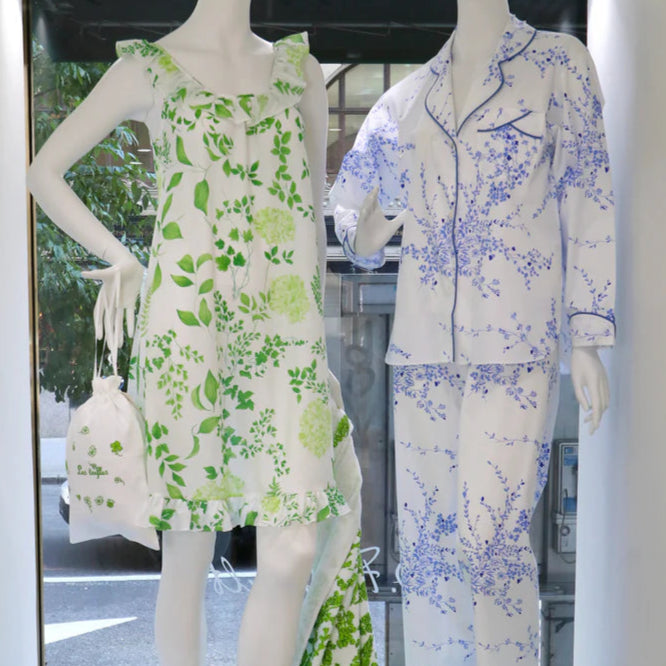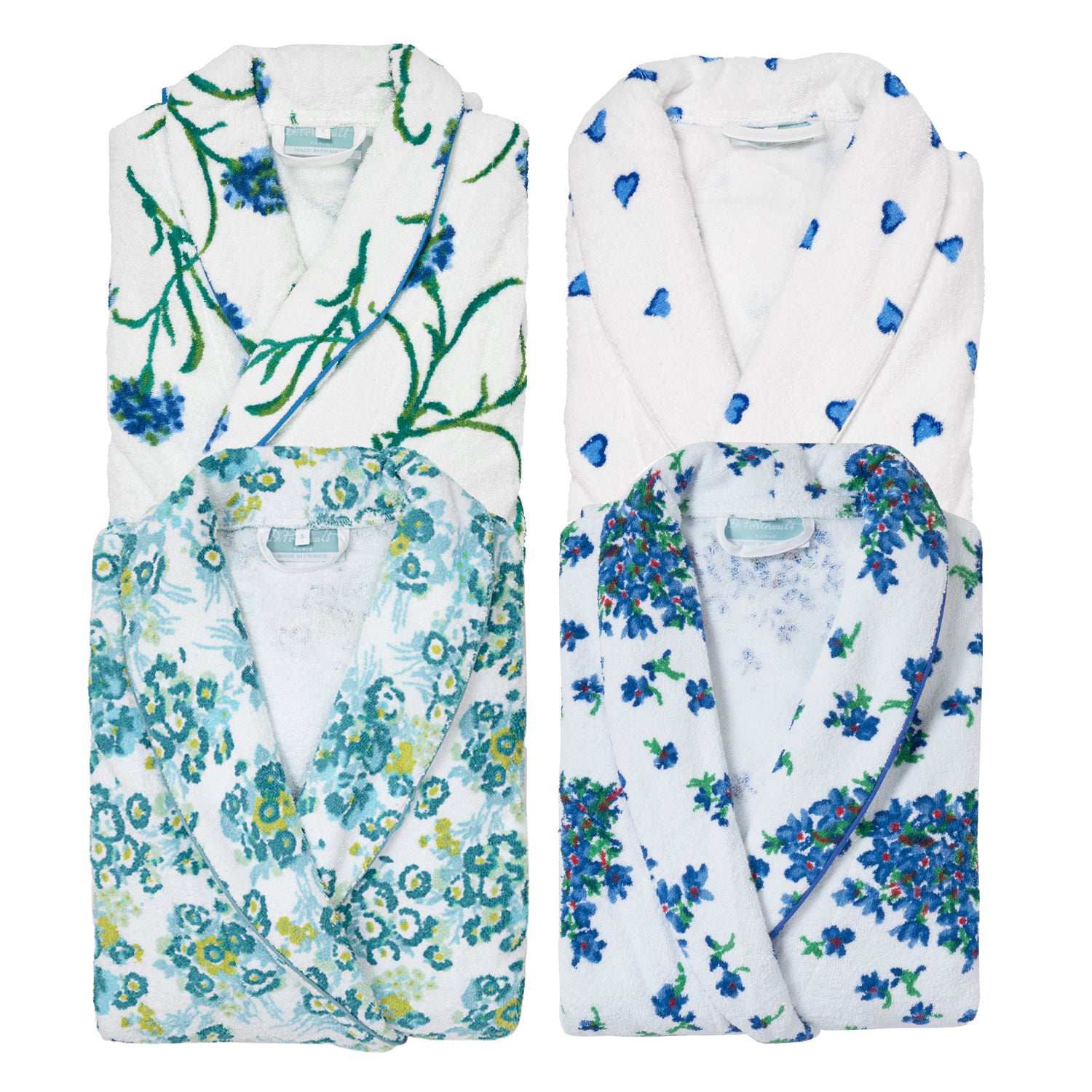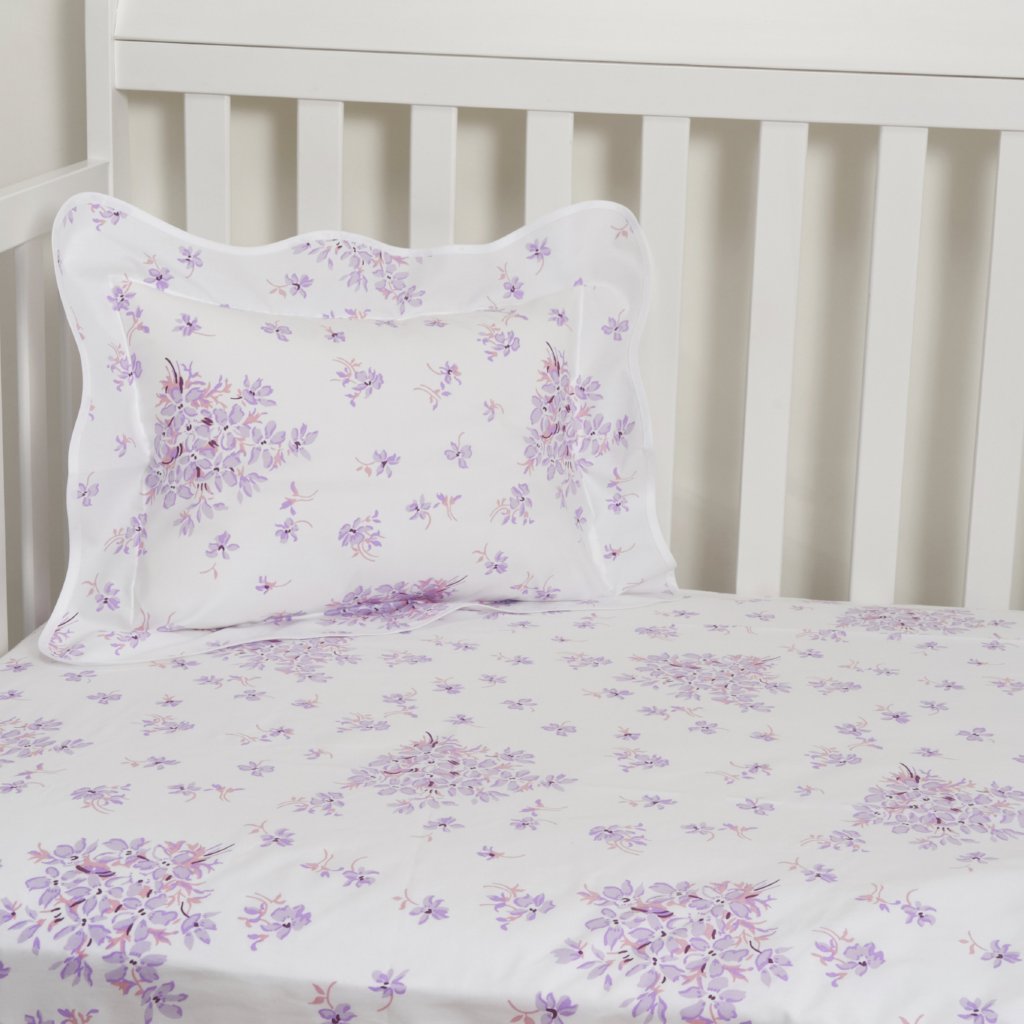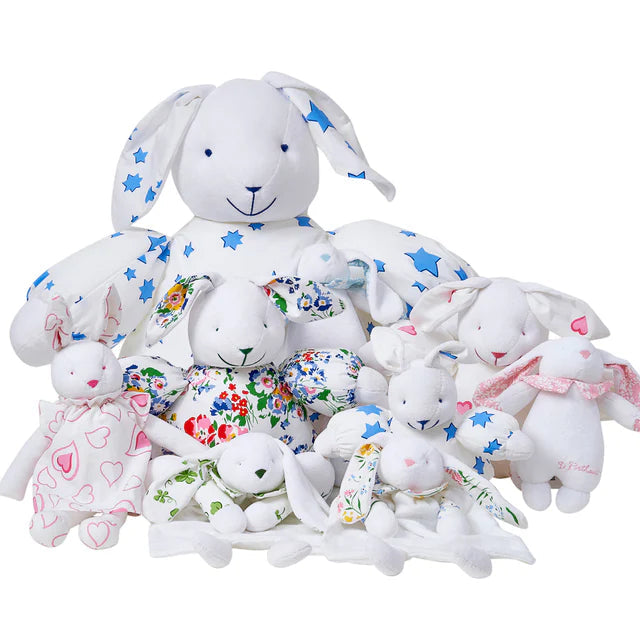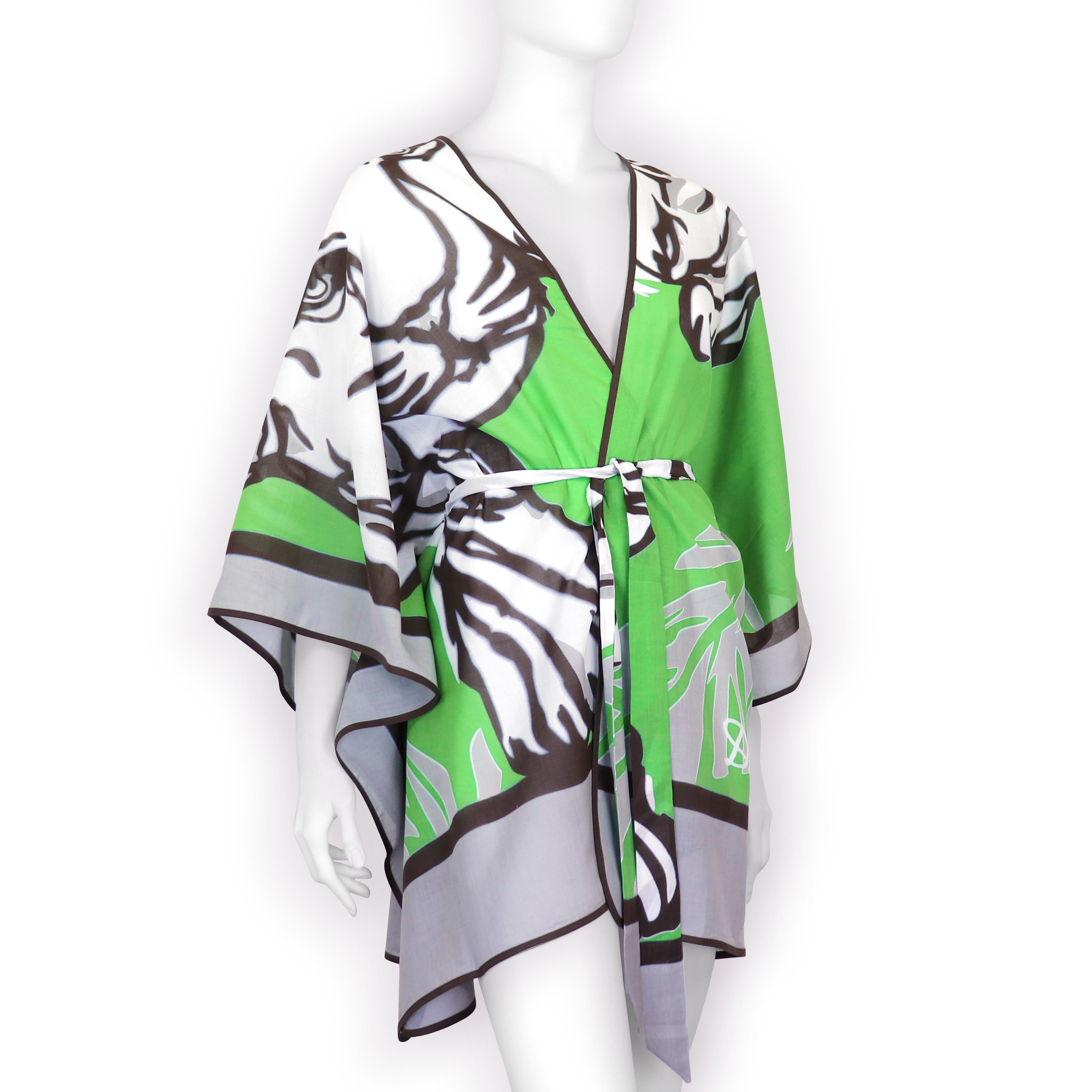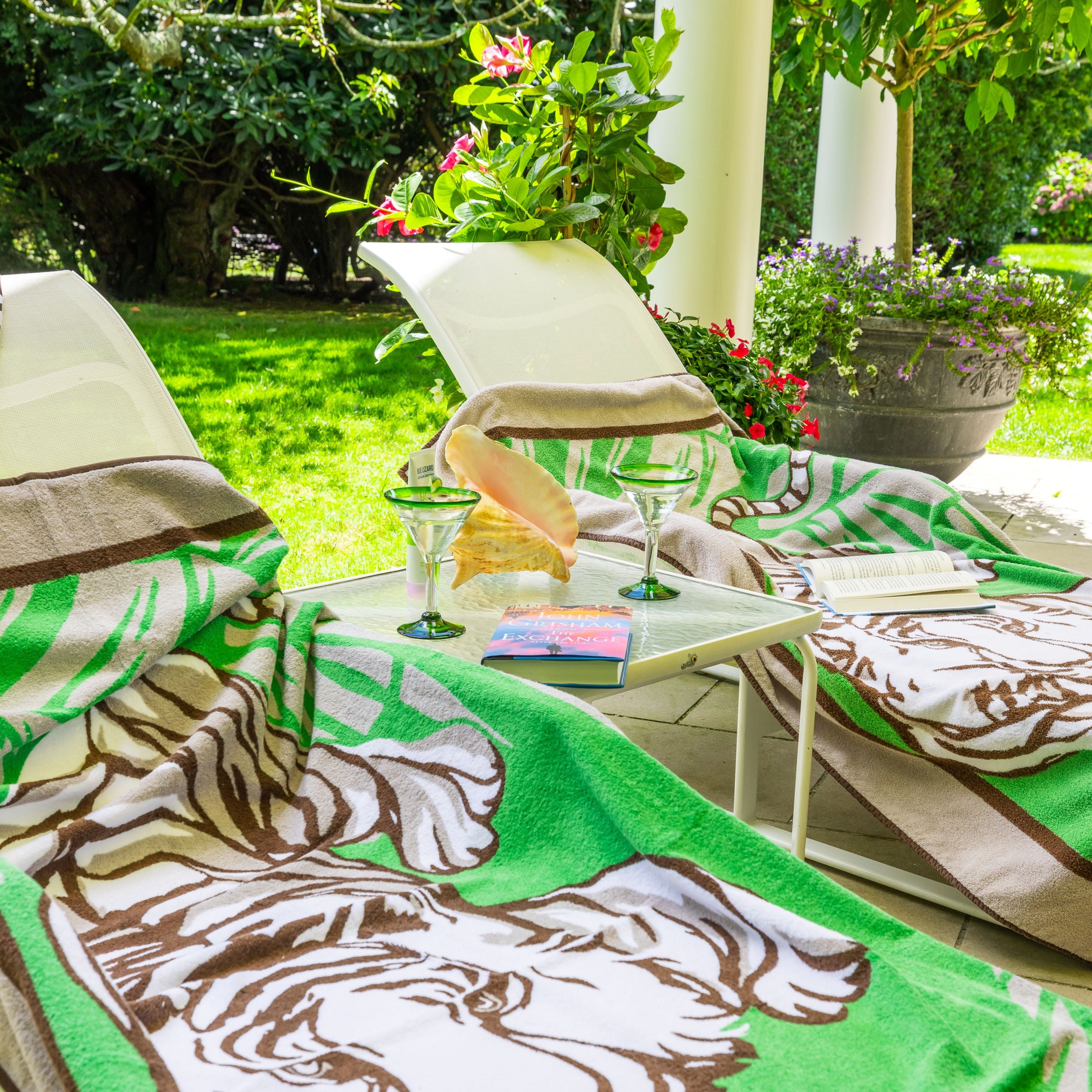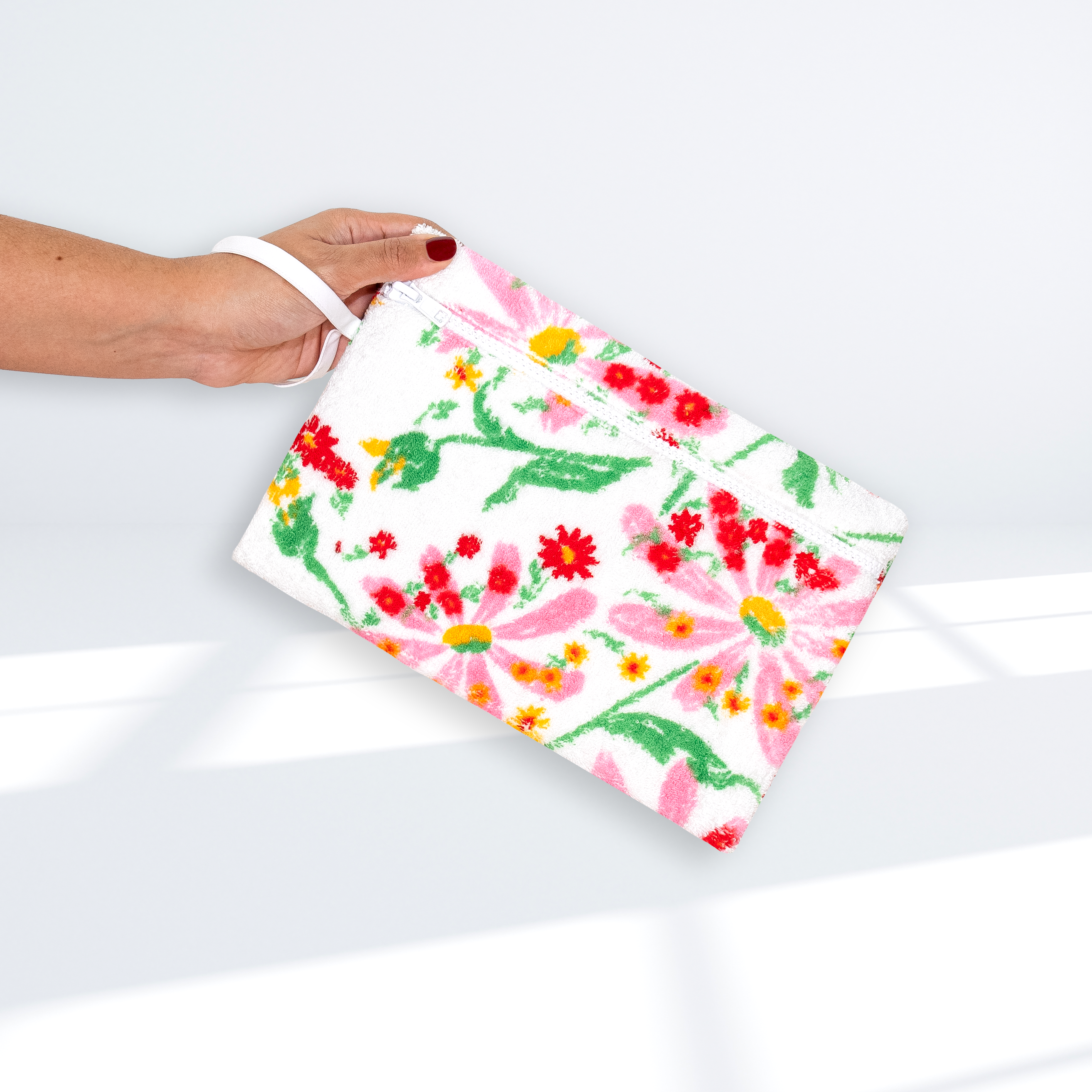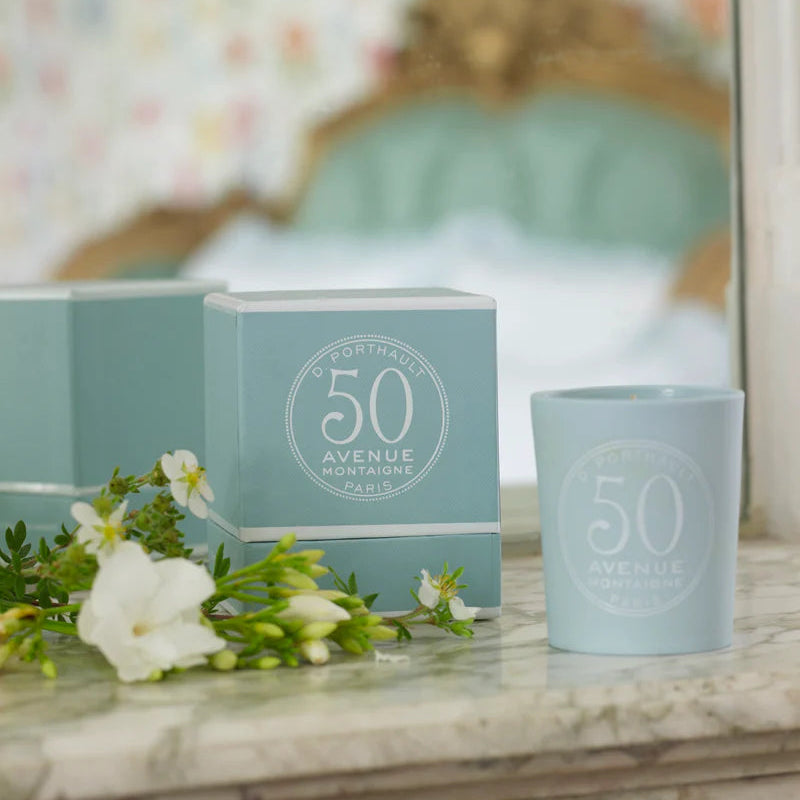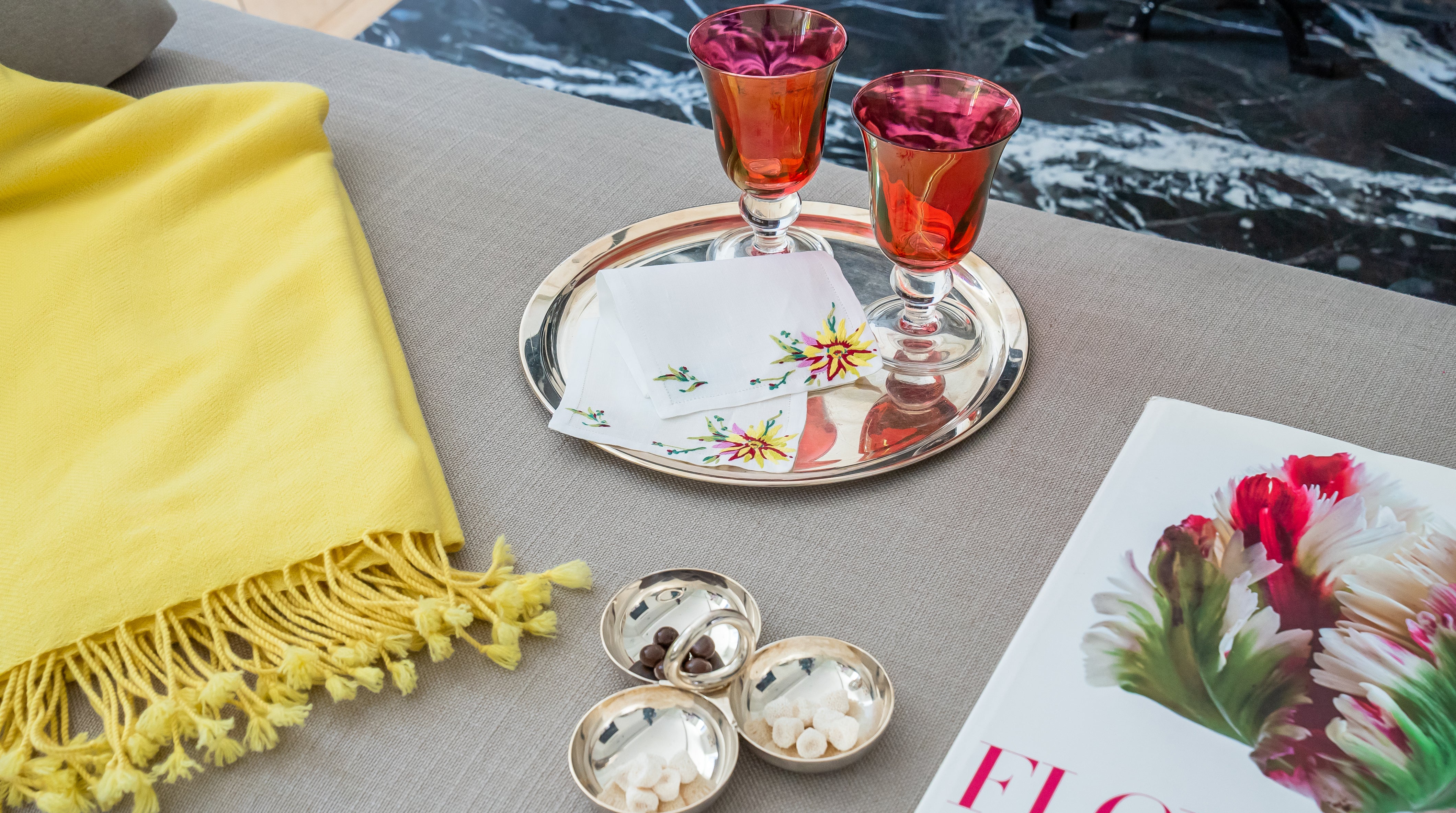Pastorale ~ D. Porthault’s new Toile de Jouy

Originally, the word toile simply designated a cloth of cotton or linen. In the mid-eighteenth century, however, toile became associated with fabrics printed with large-scale scenic designs.
The first copperplate engraved toiles were produced in Ireland by Francis Nixon in 1752. Soon grouped as a genre of textile design for their consistency of sweeping design and tonal color, these first toiles were well received and quickly popularized beyond the shores of Ireland.
Several themes dominated the toiles – historical, allegorical, mythological and pastoral. The allure of a toile rested in its telling a story, memorializing an event or romanticizing daily life. Custom designs were also commissioned, and Benjamin Franklin and George Washington imported special toiles for their homes in the new America.
Monumental scenic designs, which ran the risk of becoming too specific or overwhelming, were softened by the use of one color, or the graduations of one color, within the print. Shadings of blue, red or sepia were the most popular toile colorations.
The French quickly adopted the new toiles, and within three decades began creating their own. The French toiles were fashionable and coveted, with many designs inspired by the fine art engravings in Paris at the time. The best known French toiles are the toiles de Jouy, named for Christophe-Philippe Oberkampf’s mill in Jouy-en-Josas near Versailles where they were first produced in 1783. One of the mill’s most famous designers, especially noted for his mythological and pastoral toiles, was Jean-Baptiste Huet.
Pastorale, printed with hand-engraved screens in D. Porthault’s Normandy atelier, pays homage to this design heritage, and includes within its country landscape the image Jean-Baptiste Huet so often tucked into his scenic toiles … that of his own beloved dog.

